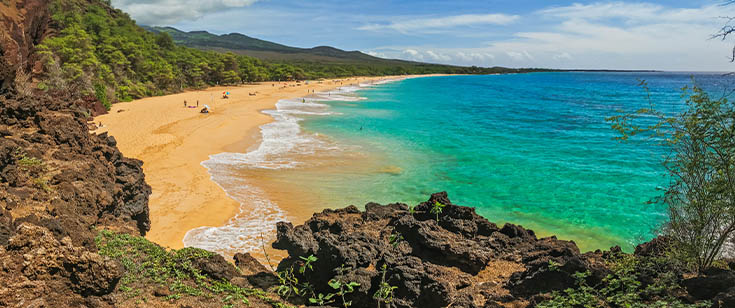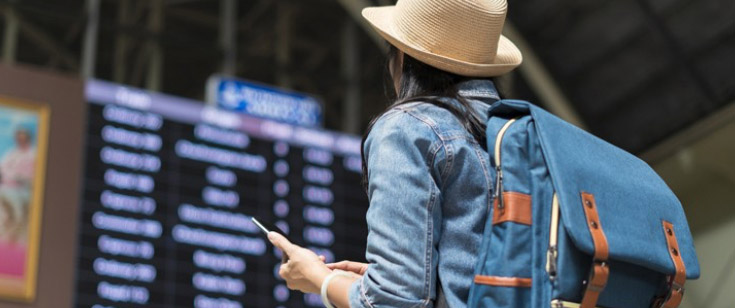I wrestled with this exact question while planning a group trip to Colombia, which gets an alarming risk assessment from the feds. My strategy? To do additional research.
The U.S. Department of State ranks countries by their safety levels on a scale of 1 to 4. Anything from civil unrest to street crime to the ability to cope with potential medical emergencies and natural disasters can affect a nation’s rating.
Traditionally stable nations like Canada and Japan currently rank at Level 1: Exercise Normal Precautions. War zones like Ukraine and Myanmar get the most serious warning, Level 4: Do Not Travel.
The tricky bit is in between. But a Level 2 or 3 advisory shouldn’t necessarily nix your trip plans, says Harding Bush, an associate director with travel risk management firm Global Rescue and a former Navy SEAL.
“A travel advisory is a good place to start, but it’s not the last word,” Bush says. “You have to do your own research.”
He consults the websites of the Overseas Security Advisory Council and the United Kingdom’s Foreign and Commonwealth Office, which often provide more detailed information about safety concerns.
Since risks can vary, local geography matters. In Mexico, for example, the eastern state of Quintana Roo—home to tourism hot spots Cancún and Tulum—remains at Level 2. In Sinaloa, on the country’s west coast, crime and kidnapping threats put the state at Level 4.
Of course, how we evaluate risk is personal. Are you traveling solo? With family? What threats are more tolerable? (It’s worth noting that several other nations warn their citizens traveling to the U.S. about the potential for gun violence and risks involving attitudes toward LGBTQIA+ individuals.)
My own research revealed that, while Colombia is flagged Level 3: Reconsider Travel, Cartagena is relatively safe, with street crime noted as the biggest threat. As a city dweller traveling with pals, that’s a risk I’m comfortable taking.
But I will also take Bush’s advice to let the federal advisory dictate some of my plans. For example, I’m day-tripping with a local guide rather than taking public transit, and I’ve booked hotels instead of Airbnbs. “A hotel usually has better security infrastructure, on-site security staff, and can arrange vetted transportation services,” Bush says. And I’ll sign up for country-specific alerts through the U.S. Department of State’s free Smart Traveler Enrollment Program.
Because the more you know, the safer you are.





